

"Syndicate's biggest failing is perhaps a complete inability to realise the appeal of Bullfrog's original dystopian vision," wrote Martin Gaston in his recent review. "Half-heartedly wedging in some basic dramatic structure only serves to highlight how Starbreeze doesn't know what it's doing, and an awkward endgame that focuses on morals and truth simply doesn't work in a game where everyone's a villain."
Syndicate fumbles when it comes to basic storytelling, but it's hardly the first release to receive such criticism. On the contrary, games with widely-lauded plots are few and far between. But why is it so hard for video games to spin a ripping yarn?
To find out, we sat down to chat with Walt Williams, lead writer on Spec Ops: The Line; Oskari Häkkinen, head of franchise development at Remedy; and James Parker, whose past writing credits include Reservoir Dogs and Operation Flashpoint: Dragon Rising.
In every other storytelling medium, plot structure is a key concern. Films, TV shows, novels and plays all have their respective strengths and demands - but at their core they are passive activities. Games, on the other hand, are built around their interactive properties.
"That's exactly how it should be," says games writer James Parker. "As soon as you have a game where the gameplay is too adversely affected by the story, it stops being a game. Rather than it simply being a good game with a bad story, you're failing at the first step. It doesn't matter how good the story is if you've broken it straight away."
By their very nature, games are required to give players a degree of control over their experience – where they go, what they do, and who they fight or talk to. From a storytelling perspective this is problematic, because it's hard to ensure that everyone absorbs the information you wish to convey - whether it's an important plot point, or something that informs the overall mood or tone.
"Gaming is interactive entertainment, and it needs to be played the way somebody wants to play," says Remedy's Oskari Häkkinen. "But with Alan Wake, as everybody knows, we first announced it as an open-world game, which didn't really work out for us. Our overall vision was to create a thriller, and the thriller experience just wasn't working in the open-world. A linear structure worked better for us, because we could control the dialogue, the weather, everything."
The revised design of Alan Wake allowed Remedy to steer players through their narrative, but only the cost of some of the freedom that was implicit in their initial concept.
"The game is certainly better for it," says Oskari. "Without saying that we're explicitly trying to make everyone have the same experience, we are trying to give the gamers a story experience that we envision – one that everyone will enjoy not in the same way, but in a similar way."

Given this clash between active gameplay and passive storytelling, it's no surprise that cutscenes are so frequently criticised or derided by hardcore gamers. Despite the hallowed status of the Metal Gear Solid series, Hideo Kojima has become notorious for forcing players to sit through lengthy movies, devoid of interaction. And while that may be an extreme example, it's fair to say that there are few games or developers who receive praise for their non-interactive moments.
But if cutscenes are unacceptable, where are the industry's fabulists supposed to set out their stall?
"Cutscenes make my job 100 per cent easier, because I get to have a specific moment where I can do the narrative that I need to do," says Walt Williams, lead writer on 2K and Yager Development's Spec Ops: The Line. "But at the same time, the trick of making the story of a game grab you the whole way through is with the stuff in-between the scenes - the narrative that's happening in gameplay."
Despite its appearance as a straight-up military shooter, The Line has steep, narrative-driven ambitions, taking its cues from both Joseph Conrad's Heart of Darkness and Francis Ford-Coppola's Apocalypse Now. Underneath the cover system and precision headshots, The Line aims to make us consider the horrors of war, and of human nature as a whole. But while players take on the role of lead character Martin Walker, it's his two sidekicks, Adams and Lugo, who support much of the game's narrative.
"A lot of the heart and the emotion of what's happening comes from their mouths," explains Williams. "They get to be the emotional expression that Walker wouldn't be able to be. You're controlling him, so Walker can only emote to a certain extent before you can't relate to him at all. With the two squadmates, I'm able to still give that emotion to the player and put them in the moment, where they're feeling what everyone is feeling."
Williams has the advantage of having two permanent characters who can comment and reflect what the player is going through. But in games where the main character largely acts alone, developers are forced to use other means. Like its predecessor, Alan Wake's American Nightmare relies upon in-game media to set out much of the story.
Even here, however, there's a balance to be struck: some players will only tolerate a tiny quantity of exposition, while others want to revel in the game's lore - and the studio has to cater to both groups at once:
"There's the basic premise that everyone will understand, but we've put in tonnes of optional story content," says Häkkinen. "There's load of manuscript pages, and there are radio shows again. With the NPCs we've got lots and lots of dialogue in there. You talk to an NPC the first time and you get the basic story – that's for everyone. But then for the people who want to explore the picture more, they keep talking to the NPCs and we start connecting the dots back to the first game."
Alan Wake's pages are merely the latest in a long line of plot-dispensing collectibles, with BioShock's audio diaries and Resident Evil's secret documents being two other notable examples. But these devices only work if players want to pick them up in the first place.

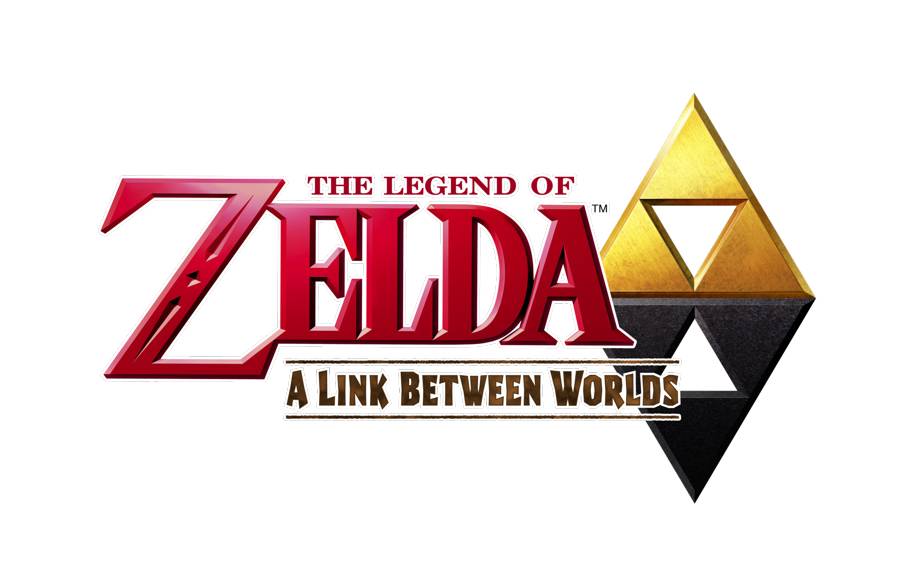

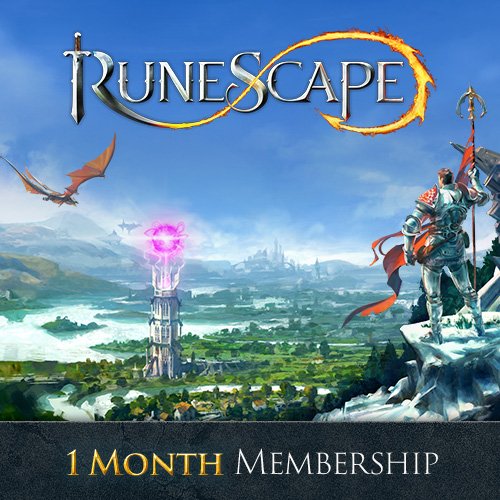
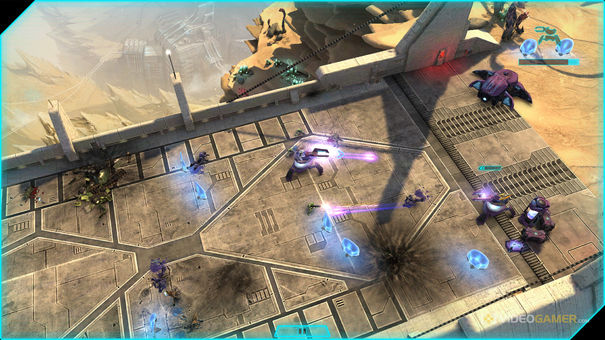 . Plays July 26, 2013
. Plays July 26, 2013 Yoshinori Onos tips for mastering Street Fighter X Tekken
Yoshinori Onos tips for mastering Street Fighter X Tekken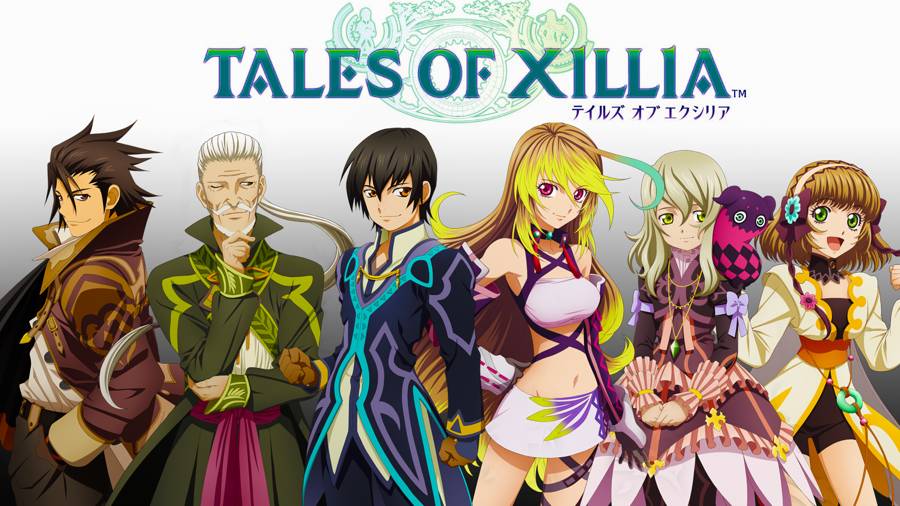 Tales Of Xillia Guide: Lakutam Seahaven Side Quest Guide
Tales Of Xillia Guide: Lakutam Seahaven Side Quest Guide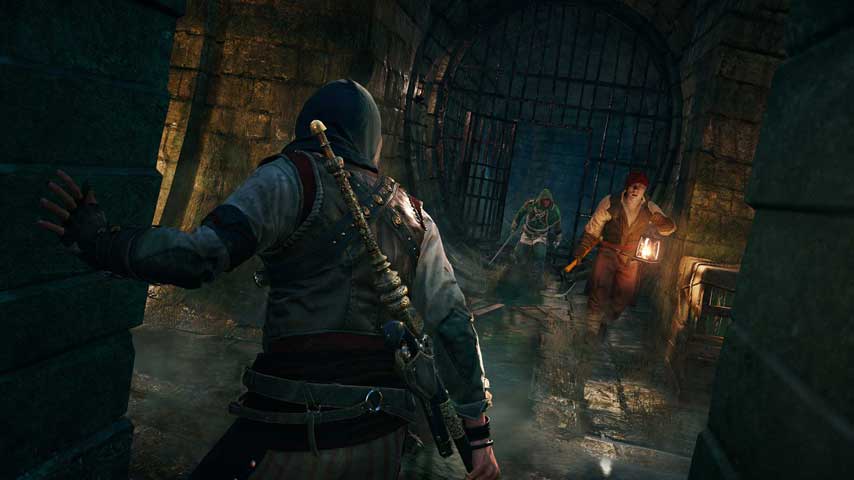 Assassin’s Creed: Unity guide – Sequence 4 Memory 1: The Kingdom of Beggars
Assassin’s Creed: Unity guide – Sequence 4 Memory 1: The Kingdom of Beggars Recommended Player Signings in Championship Manager 01/02
Recommended Player Signings in Championship Manager 01/02